From rotary phones to dial-up internet, boomers had to navigate a world that would be unrecognizable to Gen Z. These 18 things boomers had to live through that Gen Z would never understand may seem prehistoric to this generation.
No internet
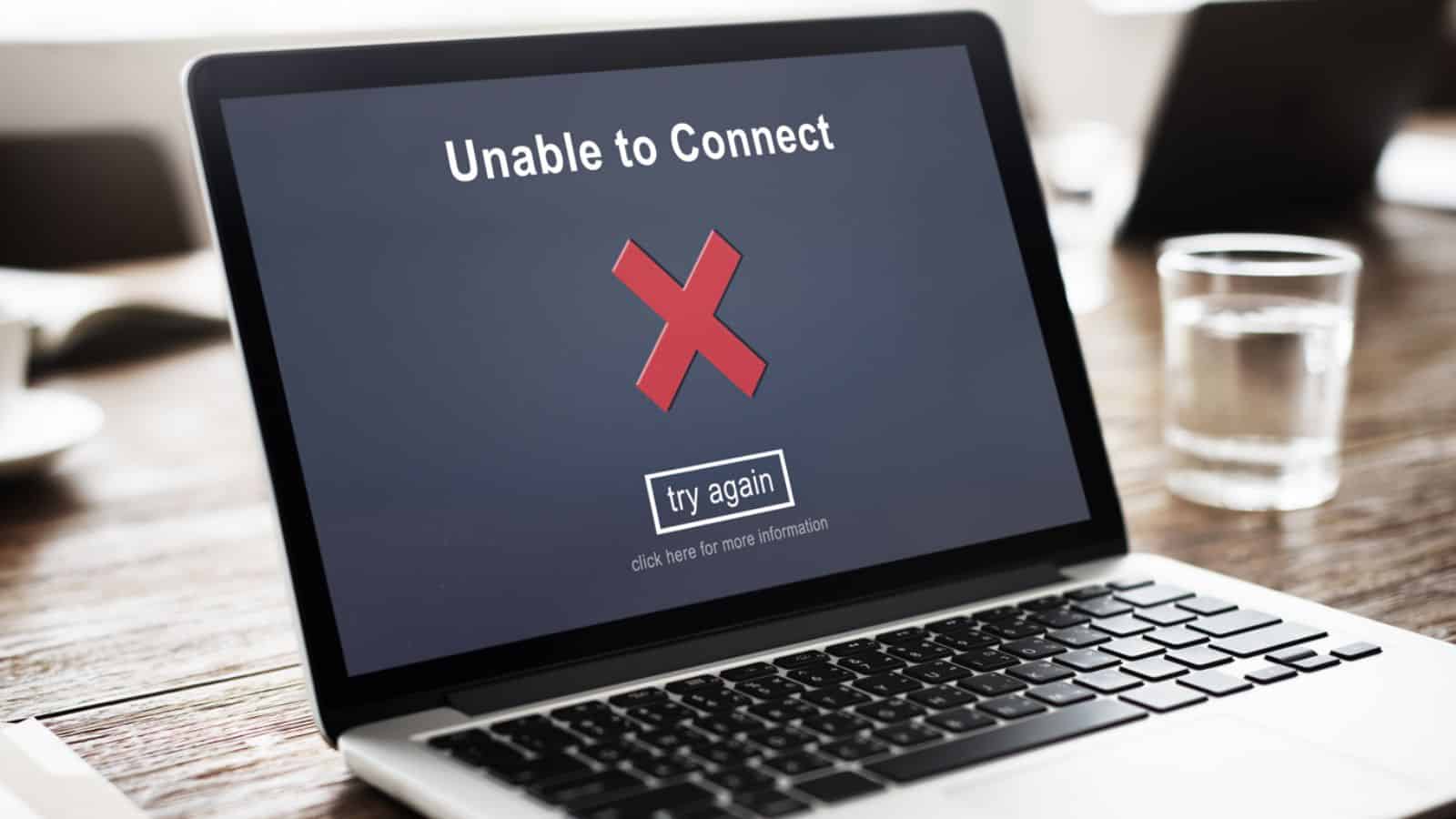
Boomers had to make their own entertainment; they couldn’t just pick up their phones and get lost on the internet. Boomers grew up in a time pre-internet, so when dial-up came along, it was a big deal. However, even that had a certain level of inconvenience as dial-up internet took over the phone line.
Typewriters

Before computers, typewriters were the primary tool for typing up documents. While they were quicker and more convenient than writing, they still had a strong margin of error. Typing required precision and you always needed correction tape on hand to cover up any mistakes.
Smoking everywhere

Smoking used to be acceptable pretty much anywhere. You could smoke on planes, in restaurants, and in bars, but this has not been the case for some time. The CDC identifies California as the first U.S. state to implement smoking bans in public places, and other states quickly followed suit.
Rotary phones

In comparison to the phones boomers grew up with, there is almost no resemblance to the phones we have today. Boomers typically had rotary phones in their homes, which had limitations. The corded handsets offered no flexibility on where you could take calls, and it was time-consuming to dial a call.
Paper maps

Google Maps and Apple Maps are systems we don’t appreciate in the modern world. Satnav systems were extremely rare until the 2000s, and before, people relied on paper maps. They took up a lot of space, were easily damaged, and didn’t track your journey in real time.
Vinyl records

Although vinyl records have had a resurgence in popularity in recent years, they’re still somewhat historic to Gen Z. Thanks to streaming platforms like Spotify available on our phones, we no longer need vinyl records, while CDs and cassette tapes are also a thing of the past.
Film cameras

Photography in the 21st century is incredibly easy as you can snap the most amazing photos simply through an app on your phone. Even before digital cameras, film cameras were the primary way to take pictures. Photography required more artistry back in the day.
Payphones

We take it for granted that we can call anyone, anywhere, at any time, thanks to our smartphones. When boomers were out and about, they had to rely on payphones for on-the-go communication. Although they still exist, they are pretty much obsolete in the modern world.
Limited TV channels

Boomers didn’t have the abundance of TV channels that we have at our fingertips today. Boomers just had access to three TV channels, extremely limiting their viewing choices. However, with most people watching the same thing, there was always something to talk about at work the next day.
Lead paint

Unaware of the health implications, boomer homes were fully decorated with lead paint. According to the U.S. Environmental Protection Agency, lead paint was not banned for consumer use until 1978, after research showed that even a tiny amount could cause developmental issues and health problems.
Vinyl seats in hot cars
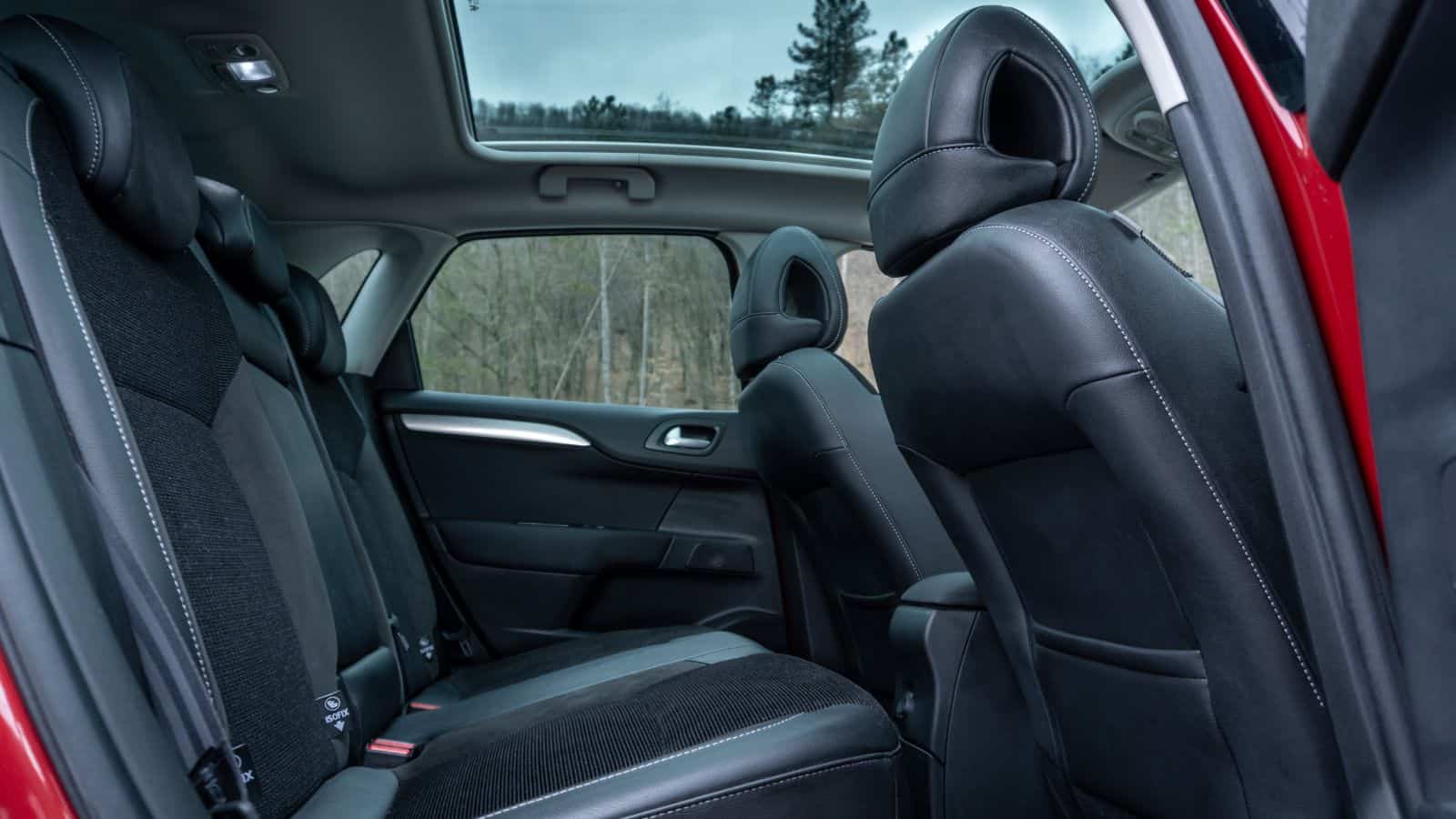
Summer drives were unbearable for boomers with a lack of air conditioning. The material of the seats would get extremely hot, and they also made you very sweaty while traveling. Even with the windows down, it was difficult to stay comfortable while driving.
Cold War tensions

Although Gen Z has knowledge and experience of war, it is disconnected from what boomers experienced. The Cold War was a rivalry between the U.S. and the Soviet Union that lasted for decades. At the height of the tension, boomers experienced nuclear threats and practiced bomb drills at school.
Saturday morning cartoons

Saturday mornings were a delight for boomer kids, who huddled in front of the TV with a bowl of cereal to catch the latest cartoons. This generation is more into iPads, YouTube, and TikTok than watching cartoons on TV. It is a form of childhood nostalgia that Gen Z probably won’t experience.
Black and white televisions
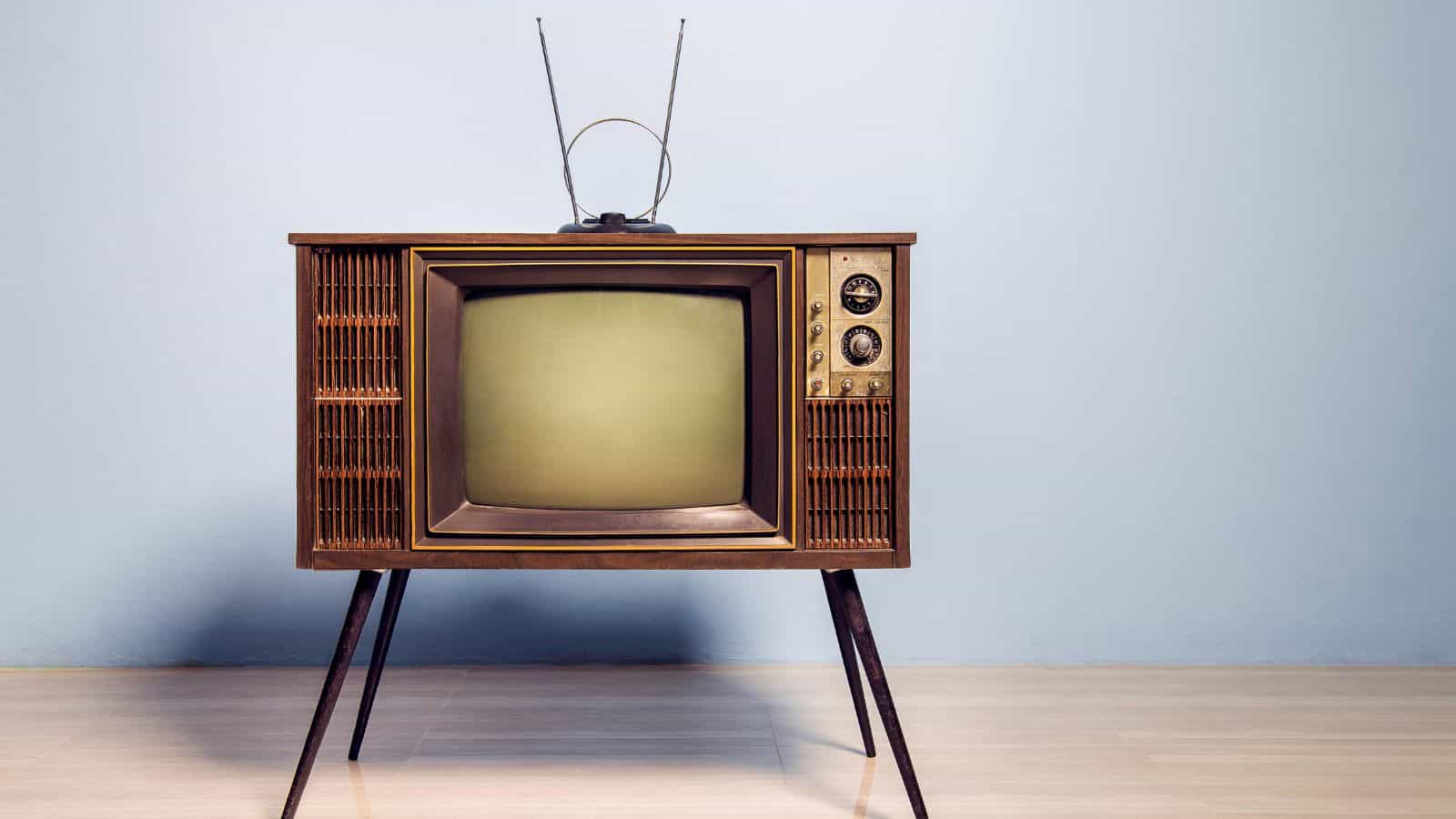
We are incredibly privileged to experience the sharpness and vibrancy of today’s TVs. Although color television began broadcasting as early as 1954, it was common for households to have black and white televisions right up until the ‘90s. Color televisions did not outsell black and white televisions until the ‘70s.
No seatbelts
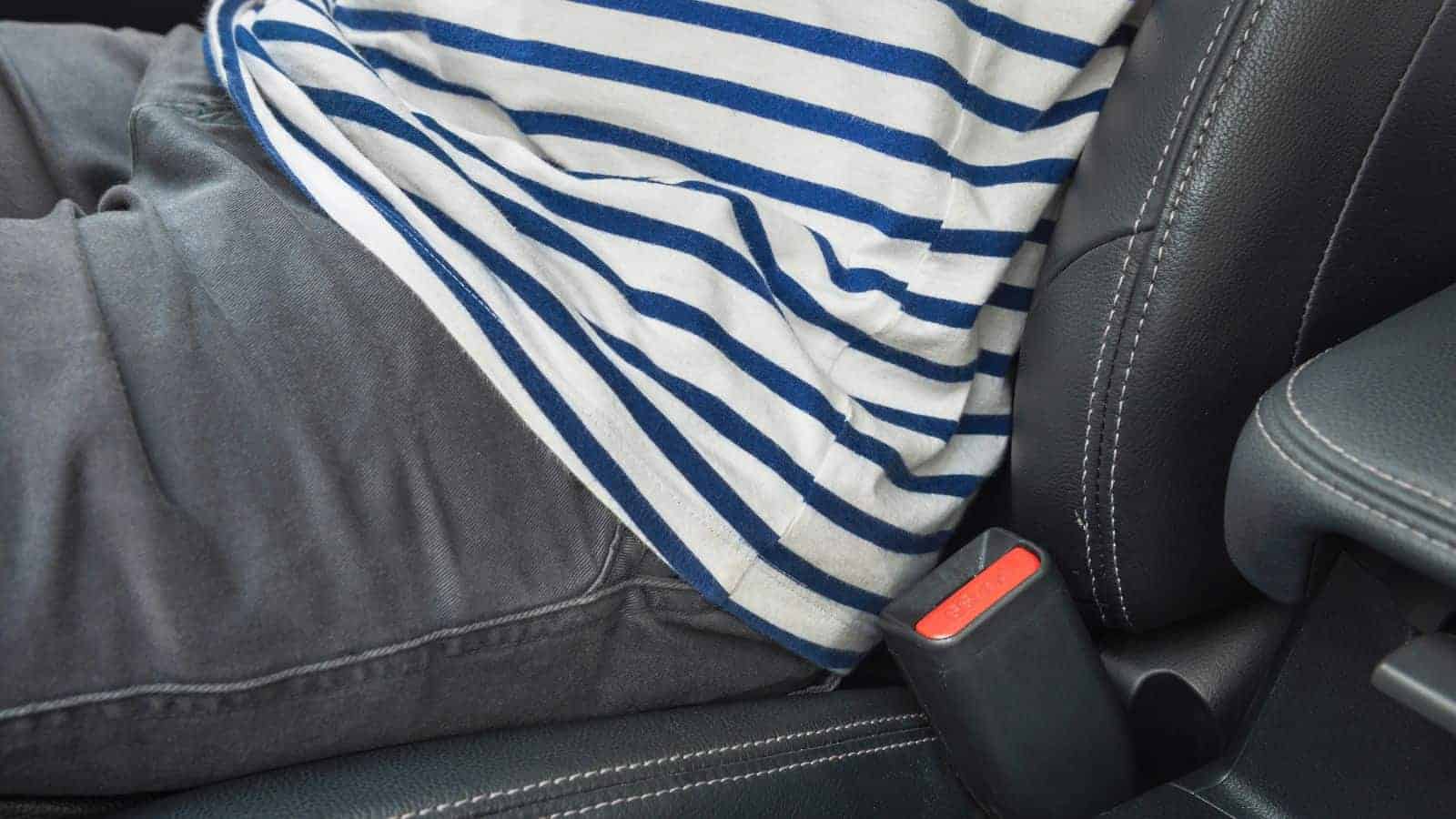
Vehicle safety is of the utmost importance these days, but it really wasn’t a cause for concern for boomers. In 1968, all new vehicles manufactured were mandated to feature seatbelts. However, Business Insider says there was no law for wearing them until New York was the first state to make them mandatory in 1984.
No smartphones

When smartphones are almost an extension of who we are, it is hard to imagine that boomers lived in a world without them. Communication and entertainment were not available at their fingertips; boomers had to actively find their own fun and rely on less convenient forms of communication.
Floppy disks
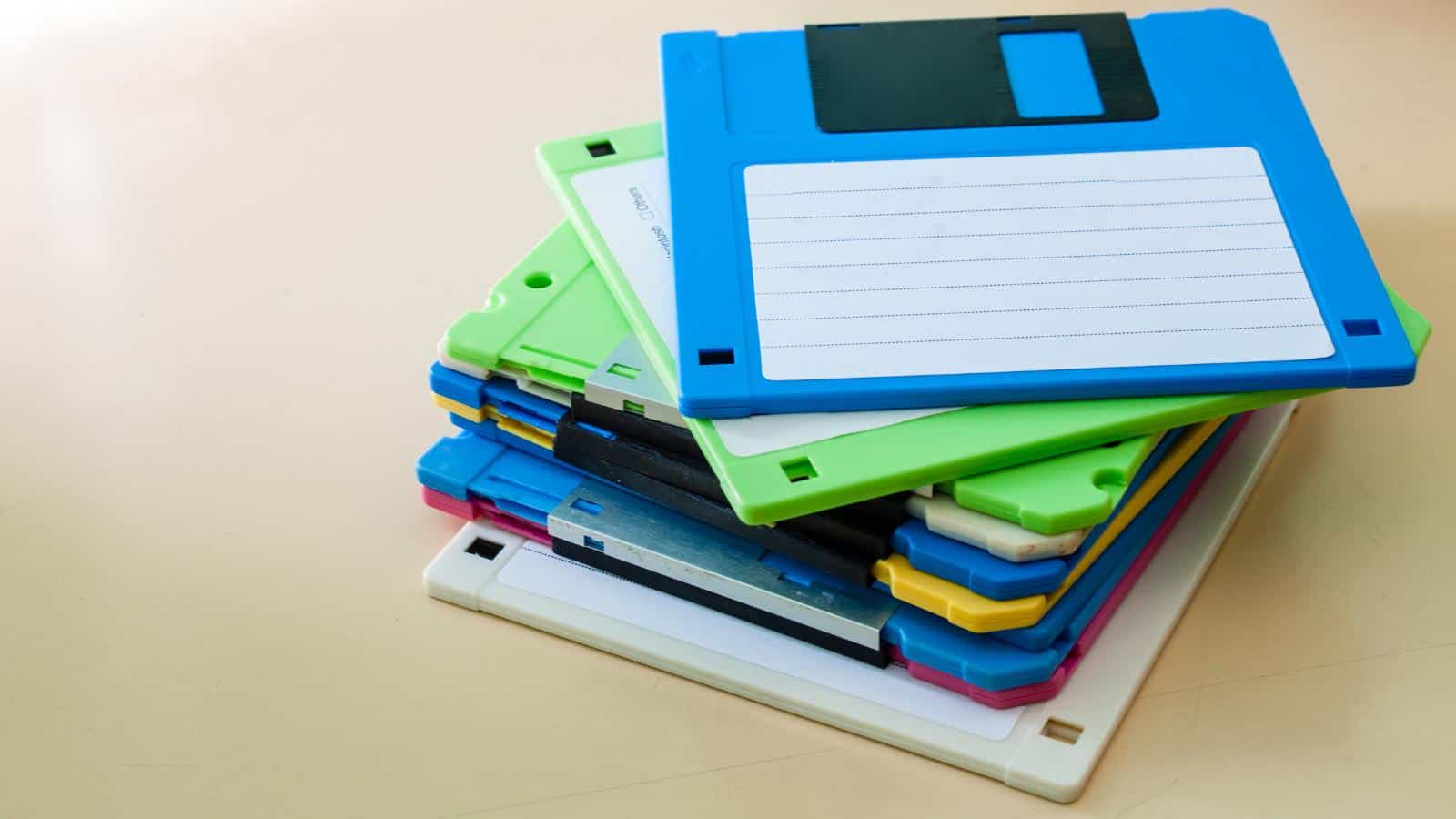
Whereas now we have SD cards, USB drives, and integrated storage, boomers had the floppy disk. Floppy disks had limited storage capacity and were easily damaged, but they were the most convenient way to store data at the time.
VHS tapes

Gen Z will never understand the effort involved in rewinding a VHS or how frustrating it was when the tape came out. This all changed in 1995 when DVDs came out, but now, even DVDs are pretty irrelevant, as we rely on streaming services instead. The BBC says it was Netflix that changed viewing history when it switched from DVD rental to streaming in 2007.
